COVID-19 left organizations scrambling to find a reliable method for producing and distributing content. Because in-person events were no longer feasible, creators and producers needed a way to connect with the outside world—a reliable delivery method for their messages and content.
This necessity led to an explosion in the utilization of REMI workflows. Organizations dealt with a steep learning curve as they tried to navigate an entirely new process. But as companies continued to use remote production workflows, the long-term benefits were realized:
- Remote productions can be more cost-effective
- They allow you to leverage existing infrastructure
- Remote productions significantly decrease travel expenses
- They have no geographic limitations
- REMI workflows are easy for talent and contributors
While traditionally utilized for live sports, REMI workflows are no longer exclusive to one format. As we’ve seen in 2020, remote production workflows can be used across various mediums. This includes traditional broadcast settings to corporate and experiential events.
So let’s take a closer look at the top 6 use cases for remote production.
Entertainment Shows
One of the best remote production use cases that we saw in 2020 was the 72nd Primetime Emmy Awards. The Emmys were the first major awards show to be impacted by the pandemic. Other keystone events, like the Oscars and Golden Globes, took place – unhindered – before the COVID outbreak. And while the Emmys had a much different format in 2020, the show went on. This was due to months of planning and heavy investment in REMI infrastructure.
Host Jimmy Kimmel appeared on-camera at a studio in Los Angeles. He was joined by presenters – some in person and some virtually – who announced each award nominee. The Academy shipped camera kits to all award nominees. This gave them the ability to cut to any Emmy winner for their acceptance speech.
It will be interesting to see how other award shows follow suit in 2021. But one thing is sure: REMI technology will likely play a crucial role in capturing entertainment programming in the upcoming year.
Live Series & Specials
2020 saw many live television specials that utilized remote production technology. The Disney Family Sing-Along and GraduateTogether are just two examples. These programs differed drastically in their format but each utilized a remote production workflow. As we saw, both programs featured a mix of pre-taped content, live in-studio guests, and live at-home segments with contributors.
Live news programming provides another use case for remote production. Late-night news programming typically features the main anchor in-studio and remote guests from across the country. In 2020, remote guests were seen broadcasting from their homes, typically via Zoom, Skype, or WebEx.
While battling COVID-19, CNN anchor Chris Cuomo was able to produce his evening program while quarantining from his basement. A process made possible by levering a REMI infrastructure.
Live Sporting Events
Sports programming has been utilizing REMI for years – even before the pandemic. Using REMI in a live sports environment still requires some on-site infrastructure. At a minimum, this includes cameras, mics, and robust transmission infrastructure. Camera and audio feeds from the stadium are transmitted to a central control room where the program is switched, mixed, and distributed. With REMI capabilities already available in-house, organizations like ESPN have been able to rely on REMI to continue to produce live sports.
We see this as a workflow that will continue to be heavily utilized in the live sports realm going forward. REMI production is a tried-and-true method in the sporting industry. The technical infrastructure has been in place at many stadiums and networks for quite some time. The global pandemic made it easier for the sports world to transition. Still, we predict that REMI will be the preferred production method even after the pandemic.
Experiential Events
One of the most notable remote production use cases that we saw in the experiential space came from Tomorrowland. The annual EDM festival typically draws hundreds of thousands of live fans. Knowing that a live festival wouldn’t be possible in 2020, the festival producers pivoted, converting Tomorrowland into a virtual experience.
Tomorrowland utilized virtual set technology to create beautifully elaborate virtual environments. EDM DJs were able to perform their sets in front of a greenscreen, which then transported them into the virtual environment. By utilizing a REMI workflow, Tomorrowland was able to produce and distribute new content to their fans and followers when people were craving live music.
Town Halls
Town halls are an effective way to foster engagement and constructive discussion around a central topic or theme. A town hall’s interactivity makes it an ideal in-person event; however, the pandemic has proven that this isn’t a requirement. Town halls present another great example of a remote production use case.
In 2020, Broadcast Management Group converted a long-standing educational series for TD Ameritrade into a virtual town hall experience. Utilizing virtual set technology and camera kits, we developed a dynamic and interactive program. At-home viewers were able to engage and ask questions in real-time via Twitter and Facebook. Typically, TD Ameritrade saw 500 to 1,000 attendees for their “Market Drive” events. By converting to a virtual format, they drew 1.8 million viewers.
Corporate Events & Conventions
In 2020, the pandemic led to the cancelation of many events that we know and love. Comic-Con, SXSW, and NAB are just a few off that list. While many events and conventions scheduled to occur during the early phase of the pandemic were forced to cancel, others were able to endure in a reimagined format, thanks to REMI technology.
Google SheetsCon, Microsoft Build, and Cisco Live are examples of in-person events that transitioned to an online experience. Many of these events and conventions utilized a mix of in-person and at-home infrastructure, allowing “hosts” and “guests” to interact regardless of geographic limitations. We foresee many well-known conventions transitioning to a virtual experience in the years ahead.
The remote production use cases outlined above illustrate why we’re all-in on REMI production. We’ve invested heavily in a dedicated REMI facility and support infrastructure. We made this investment primarily to meet client needs. But we also see remote production as a long-term shift within the production industry.
If you need remote production support or would like to learn more about our REMI services, contact us today.

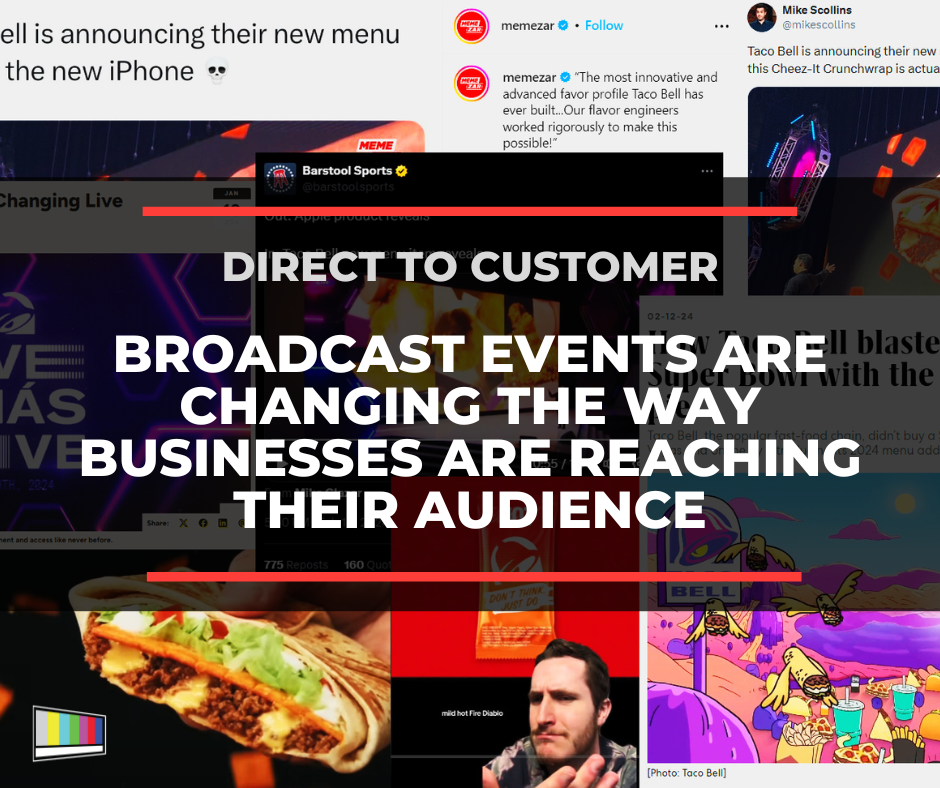



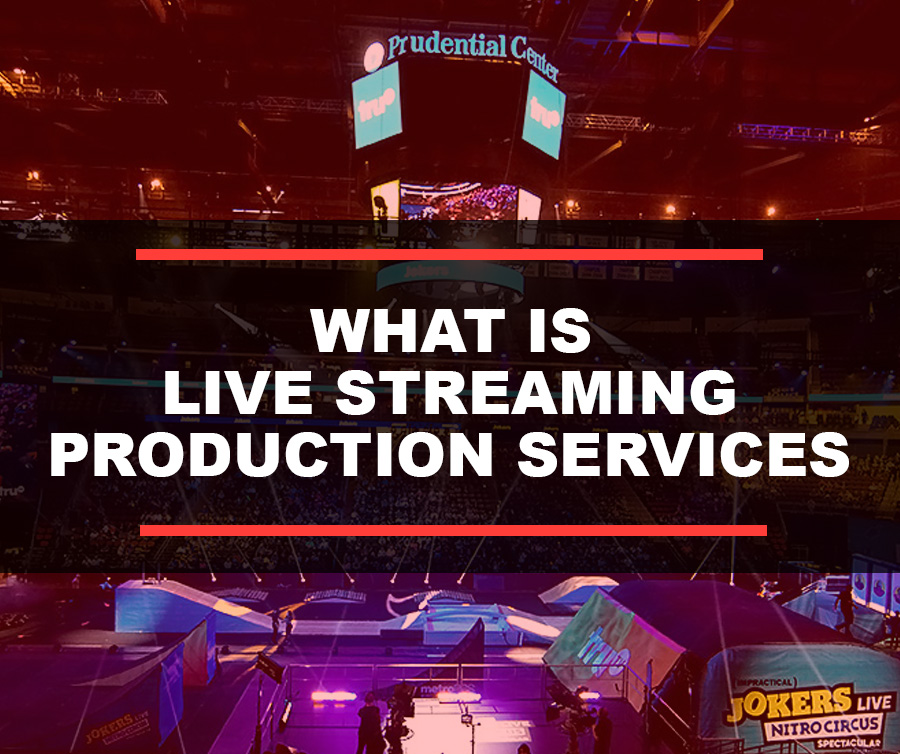

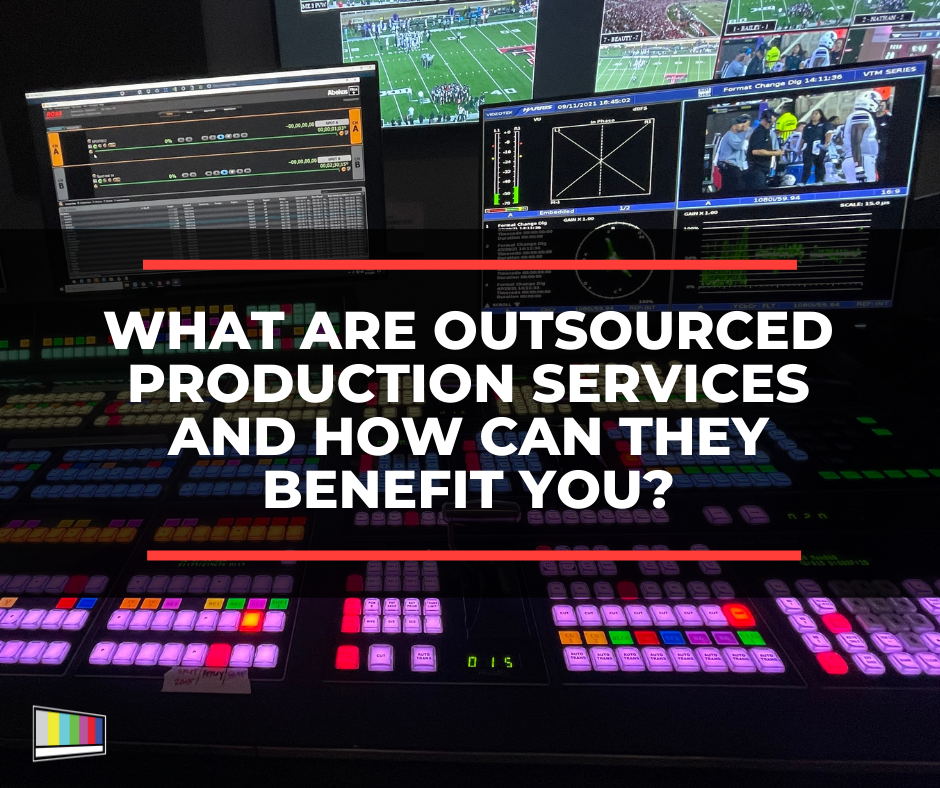


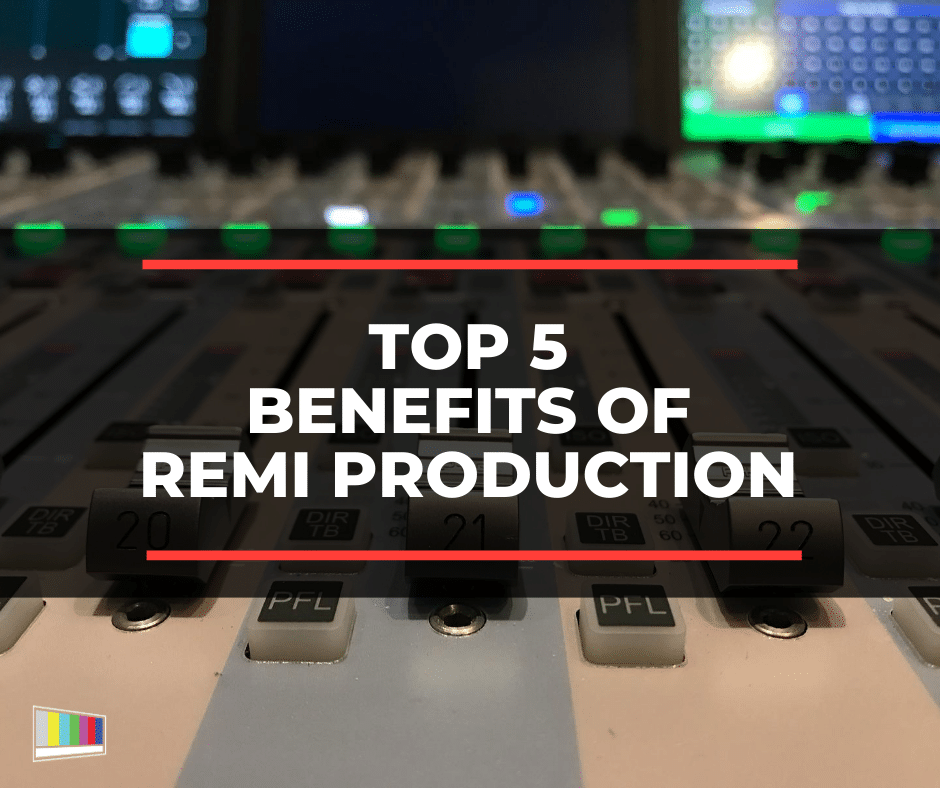
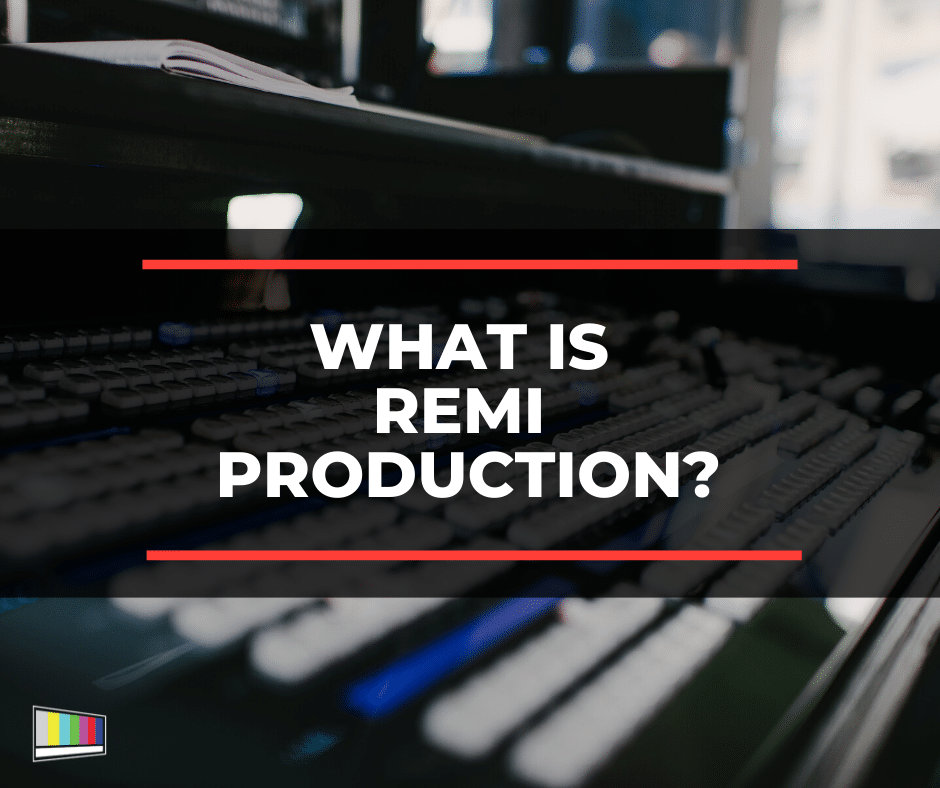
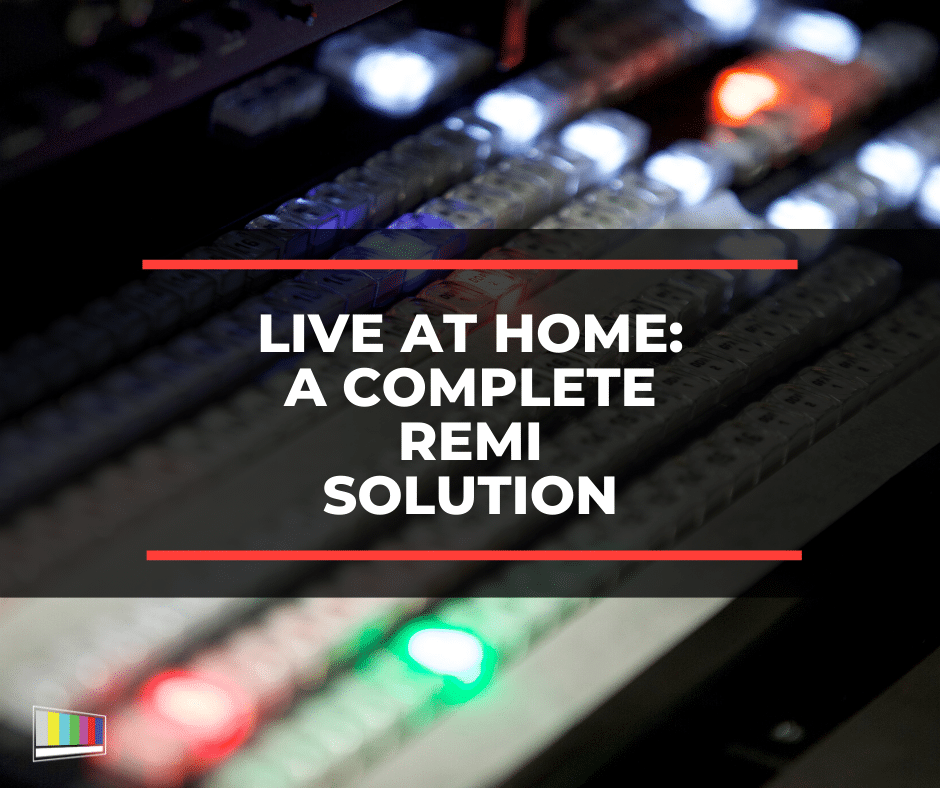

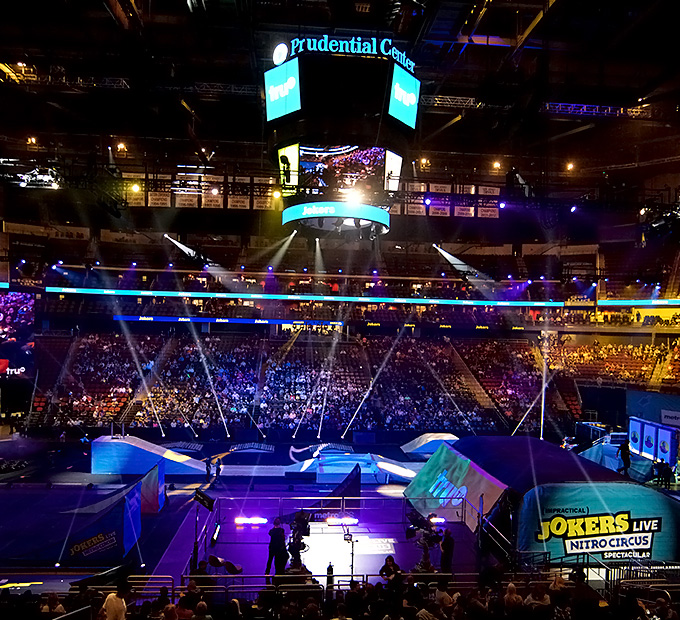
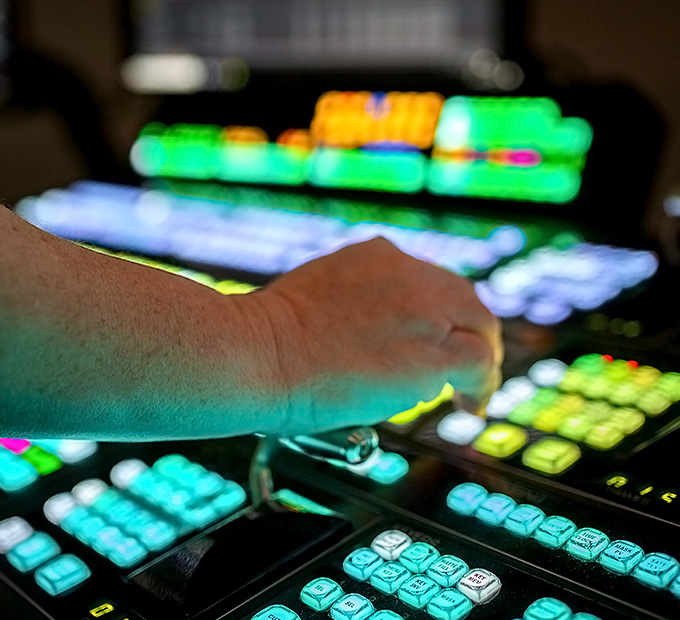
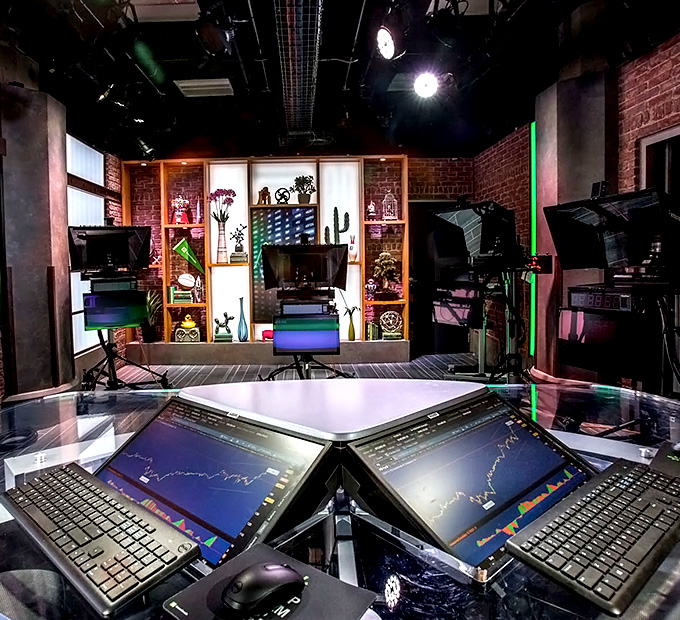

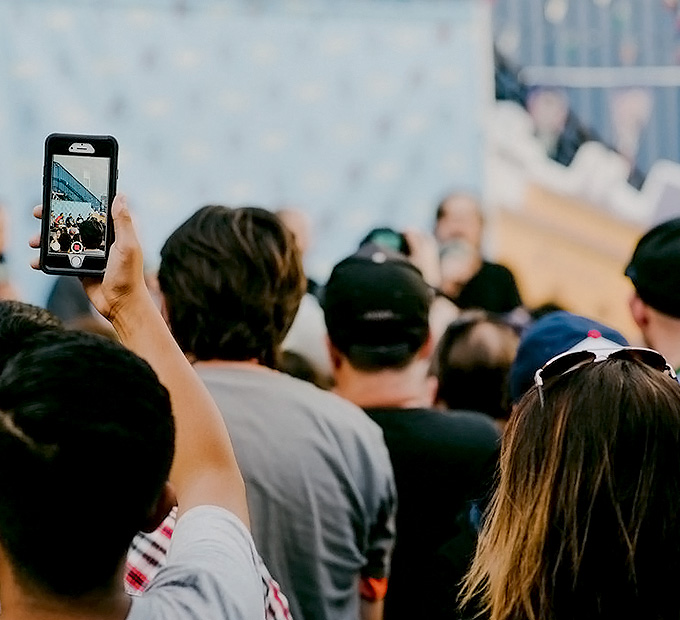
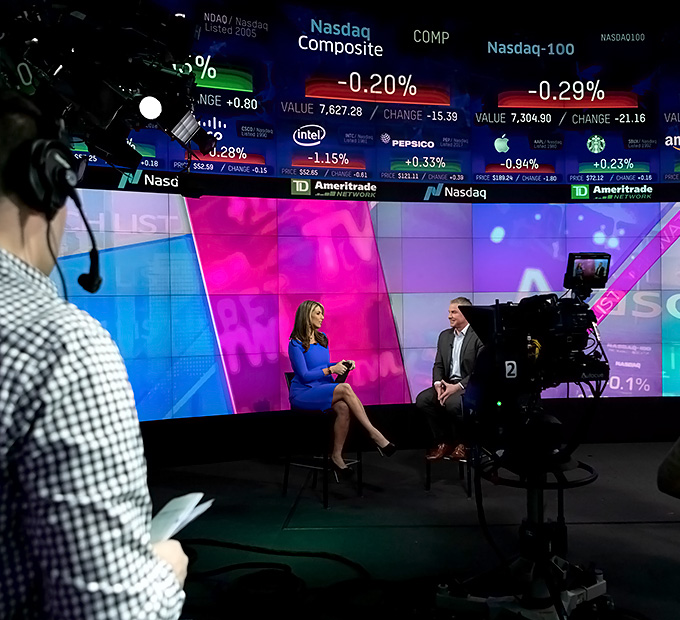
Leave a Reply